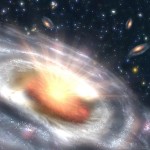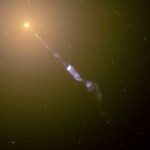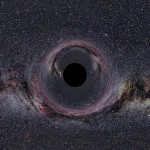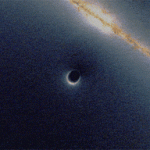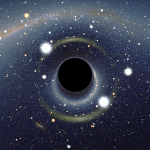Is Pluto a Planet?
Short answer – No, Pluto is no longer a Planet. It is a dwarf Planet.
It was originally classified as a planet, Pluto is now considered the largest member of a distinct population called the Kuiper belt. Pluto, considered a planet for 76 years, was reclassified as a dwarf planet in 2006.
What is a dwarf planet?
Pluto was found by Clyde W. Tombaugh in 1930. A dwarf planet, is a celestial body orbiting the Sun that is massive enough to be rounded by its own gravity but has not cleared its neighbouring region of planetesimals and is not a satellite. More explicitly, it has to have sufficient mass to overcome rigid body forces and achieve hydrostatic equilibrium.
What is a planet?
A planet is a large object such as Earth that orbits a star. It is smaller than a star, and it does not make light. Planets are ball-shaped (or spheres). Objects that orbit planets are called moons. Pluto used to be known as a planet, but in August 2006, a group of astronomers decided it should be called a dwarf planet instead. there are three main conditions for an object to be considered a ‘planet’:
- The object must be in orbit around the Sun.
- The object must be massive enough to be a sphere by its own gravitational force. More specifically, its own gravity should pull it into a shape of hydrostatic equilibrium.
- It must have cleared the neighbourhood around its orbit.
Pluto meet the first two conditions, but failed to meet the third condition, hence it is not a Planet. You can learn more about Pluto here at the wikipedia.

